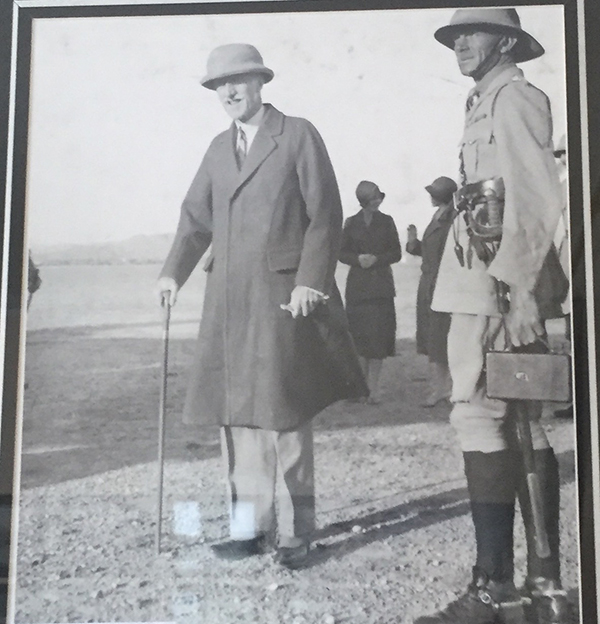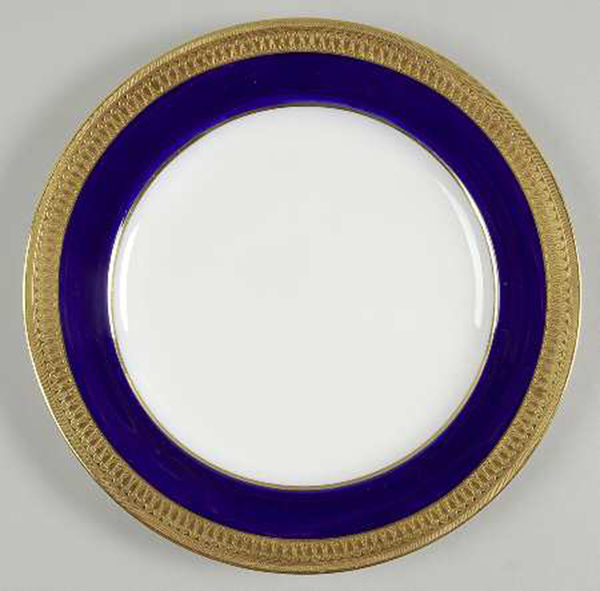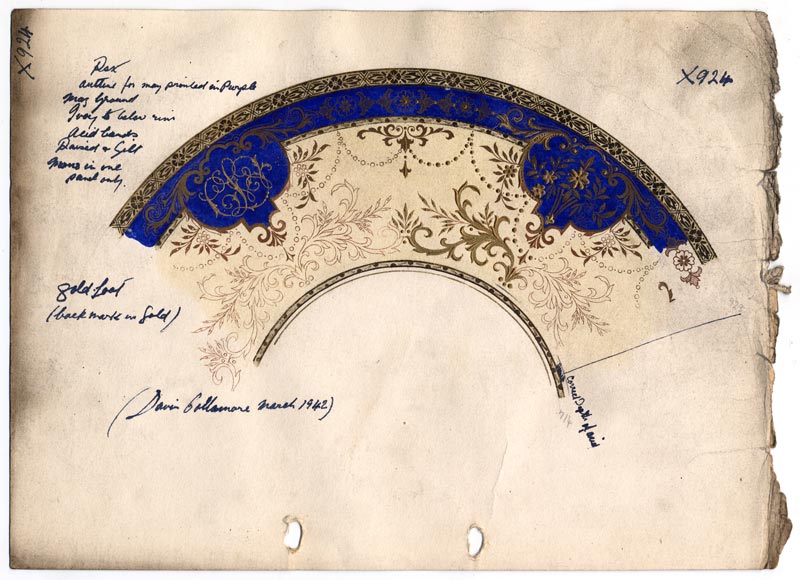
When Mahim Maher tweeted the image of a melamine dinner service set at the home of Oshtor Ali while in Parachinar, something about it seemed oddly familiar. Its deep cobalt blue and gold rim design seemed to have been informed by the Royal Minton, produced by the famous Thomas Minton & Sons, a major ceramics company in Staffordshire, England. From the 19th Century, porcelain was much prized in the areas on the borders of Afghanistan and British India. (In the 1960s, a fine set of china was discovered at the British High Commission in Peshawar by Dame Stella Rimington, who was then attached to the British High Commission in Delhi). The Royal Minton was the choice porcelain that graced the world’s palaces and dining rooms of state for 200 years. Could they have made it to Parachinar with the British? I think it is quite possible. Is it a coincidence that the viceroy’s name was Lord Minto?


I got in touch with the archivist at Minton in Staffordshire. She referred to the set in the pictures as the 1882 set - deep blue surrounded with a gold rim. Oshtor Ali’s set thus seems like a modern-day replica.
“However with some trial and error looking through the Minton pattern books I discovered it is actually pattern number G2414,” said the archivist. “The patterns in this book were created in 1876-1877 but patterns could be used on pieces any time after this date as Minton produced to order (including patterns, shapes, and the inclusion of crests and badges).”
 As the pattern books were working documents used in the factories they usually do not contain any information on purchase orders.
As the pattern books were working documents used in the factories they usually do not contain any information on purchase orders.“In the case of G2414, the notes on the page, where it names the items as 'Colonial Cup and Saucer', relate to the variations in the pattern and how to apply the gold paint with an amended note dated July 1914,” she went on to write. “There was a faint pencil note that caught my attention that looks as though it says 'India butter centres', although we cannot be certain, and having spoken to a colleague of mine we are unsure quite what this means except that where the word centre is used it is generally related to an element of the design.”
She also checked the Estimate Book for pattern G2414 which is an incomplete record of orders, but other than noting that there was an order on 14th December 1888 and in June 1959 there are no details on who the purchasers were.
There was a sort of porcelain war going on in Kafiristan in north eastern Afghanistan in the 19th Century at the time of Amir Abdur Rehman’s reign in Kabul. The British were pulling the local rulers one way; the Russians the other. The Russians were trying to bribe the locals not with guns, but with beautiful porcelain cups. In the 1950s, a British traveler and writer Eric Newby, found beautifully decorated bone china bowls of flowers and leaves still cherished by the locals in Kafiristan. There was a fantastical twist. They were Russian gifts but they came from the much admired porcelain factory of the eighteenth century Englishman Francis Gardner in St Petersburg, which supplied the imperial household of the Tsar.
(Story updated with details on Minton archive July 8, 2017)

